Total global military expenditure rose to $1,981 billion last year, an increase of 2.6 per cent in real terms from 2019, according to new data published today by the Stockholm International Peace Research Institute (SIPRI).
The UK was ranked as the 8th largest defence spender by SIPRI in 2019, jumping to 5th for 2020.
The five biggest spenders in 2020, which together accounted for 62 per cent of global military expenditure, were the United States, China, India, Russia and the United Kingdom. Military spending by China grew for the 26th consecutive year.
You can read it for yourself by clicking here.
SIPRI said about the UK specifically:
“With a total of $59.2 billion, the UK became the fifth largest spender in 2020. The UK’s military spending was 2.9 per cent higher than in 2019, but 4.2 per cent lower than in 2011.“
The report also adds that military spending by China grew for the 26th consecutive year.
Economic downturn leads to more NATO members passing the spending target according to SIPRI
Sipri say that nearly all members of the North Atlantic Treaty Organisation saw their military burden rise in 2020.
“As a result, 12 NATO members spent 2 per cent or more of their GDP on their militaries, the Alliance’s guideline spending target, compared with 9 members in 2019. France, for example, the 8th biggest spender globally, passed the 2 per cent threshold for the first time since 2009.”
Lopes da Silva, Researcher with the SIPRI Arms and Military Expenditure Programme, was quoted as saying:
“Although more NATO members spent more than 2 per cent of GDP on their militaries in 2020, in some cases this probably had more to do with the economic fallout of the pandemic than a deliberate decision to reach the Alliance’s spending target.”
Notable developments listed in the report
- Russia’s military expenditure increased by 2.5 per cent in 2020 to reach $61.7 billion. This was the second consecutive year of growth. Nevertheless, Russia’s actual military spending in 2020 was 6.6 per cent lower than its initial military budget, a larger shortfall than in previous years.
- With a total of $59.2 billion, the UK became the fifth largest spender in 2020. The UK’s military spending was 2.9 per cent higher than in 2019, but 4.2 per cent lower than in 2011. Germany increased its spending by 5.2 per cent to $52.8 billion, making it the seventh largest spender in 2020. Germany’s military expenditure was 28 per cent higher than in 2011. Military spending across Europe rose by 4.0 per cent in 2020.
- In addition to China, India ($72.9 billion), Japan ($49.1 billion), South Korea ($45.7 billion) and Australia ($27.5 billion) were the largest military spenders in the Asia and Oceania region. All four countries increased their military spending between 2019 and 2020 and over the decade 2011–20.
- Military expenditure in sub-Saharan Africa increased by 3.4 per cent in 2020 to reach $18.5 billion. The biggest increases in spending were made by Chad (+31 per cent), Mali (+22 per cent), Mauritania (+23 per cent) and Nigeria (+29 per cent), all in the Sahel region, as well as Uganda (+46 per cent).
- Military expenditure in South America fell by 2.1 per cent to $43.5 billion in 2020. The decrease was largely due to a 3.1 per cent drop in spending by Brazil, the subregion’s largest military spender.
- The combined military spending of the 11 Middle Eastern countries for which SIPRI has spending figures decreased by 6.5 per cent in 2020, to $143 billion.
- Eight of the nine members of the Organization of the Petroleum Exporting Countries (OPEC) for which SIPRI has figures cut their military spending in 2020. Angola’s spending fell by 12 per cent, Saudi Arabia’s by 10 per cent, and Kuwait’s by 5.9 per cent. Non-OPEC oil exporter Bahrain also cut its spending by 9.8 per cent.
- The countries with the biggest increases in military burden among the top 15 spenders in 2020 were Saudi Arabia (+0.6 percentage points), Russia (+0.5 percentage points), Israel (+0.4 percentage points) and the USA (+0.3 percentage points).
Who are SIPRI?
SIPRI monitor developments in military expenditure worldwide and maintain what many would regard as the most comprehensive, consistent and extensive publicly available data source on military expenditure.
The annual update of the SIPRI Military Expenditure Database is accessible from today at www.sipri.org.


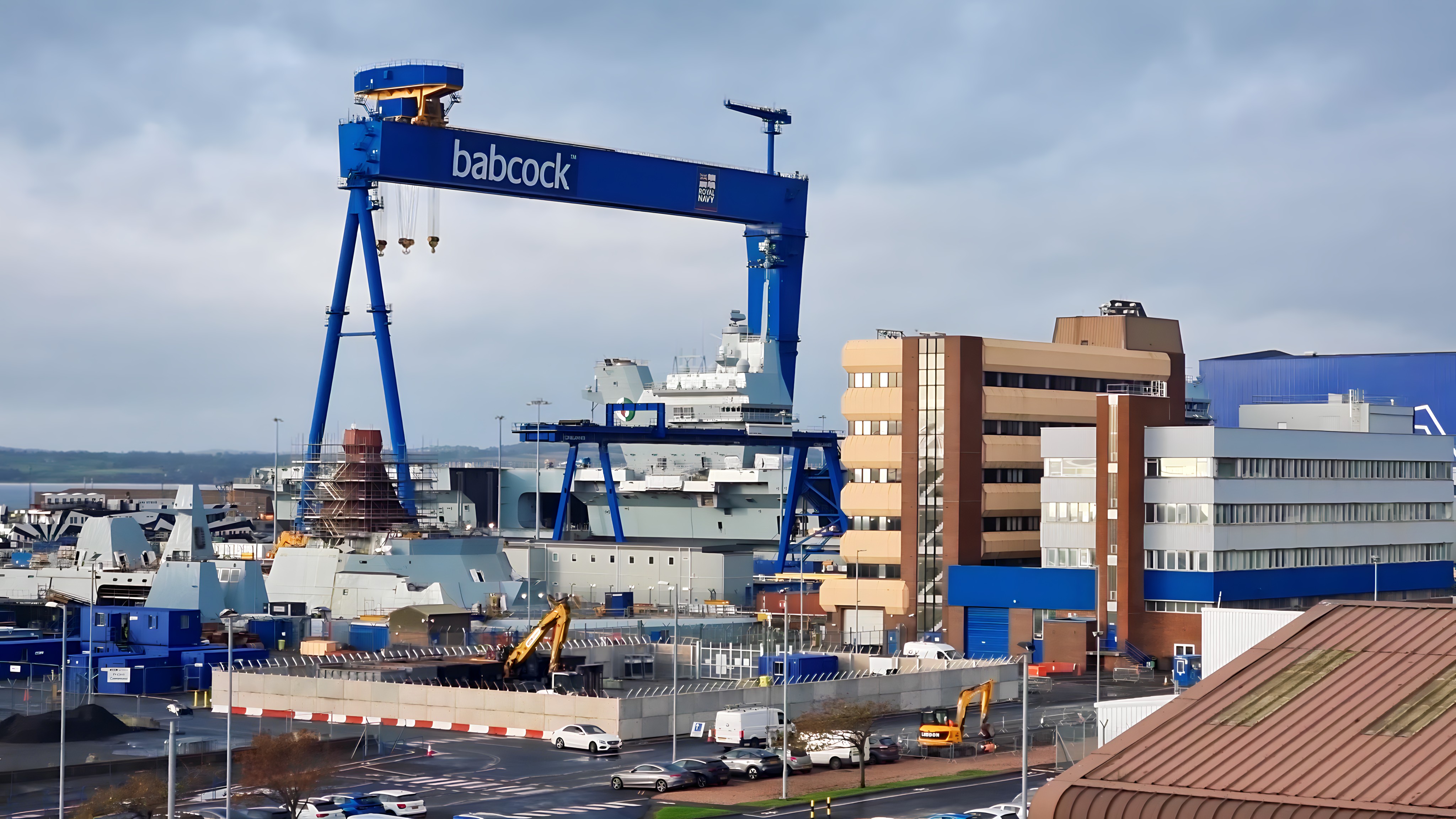
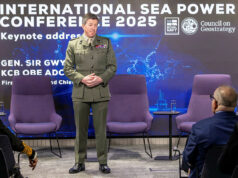
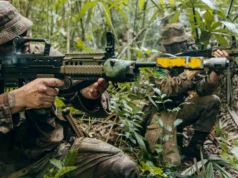

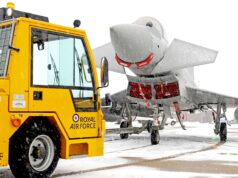
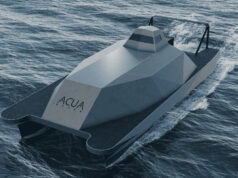


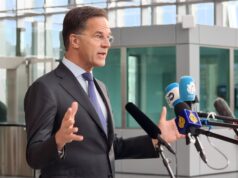


As long as they keep paying the pensions….. 😀
I pray nightly for Thales to do the same!
Amen.👍😂
Where does all that money go? Mil-Ind complex fatcats pockets I guess. Other countries get so much more bang for their buck
That is a multi answer question which has been explored so many times!
It is not so easy just comparing nation for nation when pay, terms and conditions, training, infrastructure, capability, and all the rest are considered, never mind things like 5th gen jets, carriers, SSN, SSBN, high tech comms and intel assets, Skynet, UKSF, and so on.
And the elephant in the room is Successor into core budget, not just operational costs like before.
Add incompetence, programmes years late and billions wasted, and yes the fat cats of the MIC all contribute.
The answer isn’t easy either.
Probably a little unfair – the UK tends to do things properly (which costs money), it tends to buy top-end UK-built kit when off-the shelf would be cheaper but politically difficult, and it quietly maintains all kinds of specialised capabilities that other nations don’t – the sorts of things that don’t get headlines, but which could be vital one day.
As an example of where money went – the Brown Government needed to balance the budget, so deliberately slowed down the QE class build to push expenditure into later financial years – overall project costs went up as a result, but the short term political problem was solved.
This ‘pushing of projects to the right’ or ‘smoothing out the spend profile’ as the well-used phrases go, is endemic in the UK military procurement world and is entirely down to politicians, not civil servants or military officers (however the latter do often bear some responsibility for slow delivery of programmes too).
Russia is going to be a very interesting study over the next decade or two. Today they still get by with large quantities of Cold War equipment bulking out small orders of modern kit, but that’s clearly not a sustainable model for much longer.
Low labour costs, a larger population, and a stronger domestic arms industry mean they’ll likely still maintain a more powerful military than us beyond what the relatively small funding difference would imply, but to what extent remains to be seen.
Agreed Callum. Will be very interesting to see how it develops. Already Russia is showing a trend for more reliance on their nuclear arsenal combined with various forms of asymmetric warfare/ bullying people smaller than them. I imagine this will continue, nuclear weapons as main deterrent against peer adversaries, hybrid forms of warfare to keep NATO on its toes, and using large forces of outdated equipment to bully non peer adversaries.
sounds like a good strategy really.
you do have to admire their thinking, they clearly can’t compete on western terms, so have thought outside the box, leveraged what is needed and what they are skilled in and are still a major force as a result.
perhaps we should take this onboard a bit more….
The metric they used to come up with this figure is actually a terrible way to measure military expenditure. Most experts on this subject seem to agree that Russia spends almost three times as much as the UK annually. The last figure I saw was for 2019 and it was approaching 200 billion annually.
Yes, hence why I made mention of factors like the lower production costs making an on-paper similar budget actually very different, but the point still stands that Russia’s armed forces are dependent on kit that they so far haven’t demonstrated an ability to replace in numbers.
In coming years, when that old equipment goes from dated to obsolete, the ability of Russia to replace a lot of that kit is highly questionable. Their navy is the clearest example; so far, they’ve demonstrated no ability or budget to build a warship bigger than a frigate. The submarine fleet looks better, but they clearly can’t sustain the reasonably balanced forces they have now.
Callum,
I’ve read that the Russians finding the cost of the T15 Armarta too prohibitive have in the pipeline a plan to retrofit their T80 MBT Chassis with a new turret based on the T15:
https://defence-blog.com/news/army/russian-secret-burlak-tank-allegedly-leaks-via-social-media.html
I’d imagine much of the advantage Russia has over UK in defence spending is down to the UK’s much higher social welfare costs – thst and Health is where the big money goes in Western countries.
Are these accounted in purchasing power parity?
PS: I guess China and Russia budgets are not officially known – to not even talk about black projects.
Agreed. Using PPP, Russia is believed to spend three times as much as the UK annually.
I doubt Russia has the money to spend 3 times larger than the UK on defence considering its flatlined economy for years and has a smaller economy than italy,,,,,you got a link for your statement?
dave12,
See below. It’s eye opening.
https://warontherocks.com/2019/12/why-russian-military-expenditure-is-much-higher-than-commonly-understood-as-is-chinas/
Interesting I read though that the kremlin spends 25% of its budget on defence while the UK is only 2% .
2% of UK’s GDP goes on defence related spending. It’s probably around 5% of budget.
Which hopefully will lead to the current regime collapsing in Russia in an organised fashion.
Their defence share of GDP is absolute insanity, they build unnecessary conventional capability (to fight who exactly?), while many live in grinding poverty and Covid ravages the population.
The Russian people have a tendency to rise up against ‘the man’ eventually, little Napoleon Putin, is heading the right way to find that out the hard way and an uprising, leading to civil war in Russia is a terrifying prospect!
Those of us old enough to remember the brief power vacuum in Russia when the USSR imploded, can remember holding our collective breath when we realised there was a real chance of civil war in 1991.
As you say collapse in an organised fashion, the severe worry is will someone worse than Putin replace Putin.
Hopefully, we will have a bit more cash in the bank next year for defence spending, or flat renovations!
Britain is set for a “sharp snap back” in spending by shoppers as restrictions ease, according to experts at Deloitte.
The firm found “going to a shop” topped the list of leisure activities people are most likely to do after lockdown.
Separate research suggested that the UK’s economy will grow at its fastest rate on record this year, helped by the rebound in consumer spending.
The EY Item Club said the economy had “proven to be more resilient than seemed possible”.
The forecasting body has upgraded its 2021 growth forecast from 5% to 6.8%, which would mark the fastest rate seen since Office for National Statistics (ONS) records began.
https://www.bbc.co.uk/news/business-56885457
Hi Nigel, you might be right, I have spent over £2000 today on a mattress (UK made) and a composite front door. By the numbers in the shops this morning, its spend, spend, spend!
A bug-free mattress, sleep well and speak freely!
You as well! 😁
My business is full on at the moment, extremely busy, as are many of my business management contacts across various sectors.
Those predicting a post Covid economic depression and doom, have totally misunderstood the situation, probably allowing their own political colour cloud their judgement, I would guess.
The economy has been artificially held down, it’s about to rocket forward, if anything the problem might be economic overheating, leading to inflation.
Though an increase in the interest rates will be welcomed by many!
There’s also huge investments being made by manufacturers who see this disruption of the pandemic as creating both new markets and new opportunities to take on the incumbent leaders in established markets. Lots of money flowing into product development at the moment.
All very positive news for the UK, long may it continue.
After all, why purchase products from a potential adversary that appears to be growing stronger by the minute and we’re helping them to do it!
I’ve used SIPRI a number of times. Fantastic website which lists all the (legal) arms sales made between countries. Well worth a butchers..
But will some of that money go towards purchasing son of Striker:
https://www.army-technology.com/features/ajax-overwatch-brimstone/
Never sure why £ or $ spend are compared surely capabilites should be the measure.
I don’t think there is a good way to compare capability, as each country gears based on different perceived threats. Also details of stores / spares etc are generally kept secret and they would be key should a war start.
The best way would be to adjust for buying power of the country, since £1 goes a lot further in a china than it does in the US or UK.
How can Australia spend so little yet constantly invest in great kit and in good numbers, what do they do so well that we do so badly at?
James, don’t forget that Auss invest very little spend on its army. What I do like about their defense policy is that it largely bipartisan and more or less ring fenced .You never see cuts like those in the the UK
I dont know if i just see the good news stories but they appear to decide what they want and can afford and stick to it and do it quicker then us.
Yes they haven’t had a recession in a long time and havent had to make cuts but they appear to be have a stronger idea about their strategy.
James,
I’d maybe disagree with that.
there are a number of programs that seem to be blowing out on the numbers…
The future submarine, currently stands at $90 billion AUD or approx £50 billion pounds for 12 conventional powered subs, ie at least £4 billion each!!! And these are the design and construct costs only!!!
The Airbus tiger helicopters are being replaced by Apaches AH64E’s, as the Tigers have just never worked properly….
The costs for the Type 26 Frigates are starting to go up as well!
I think the big difference in Australia, is the government are generally pretty flush with money, and are perhaps not quite so careful in getting value for money…
Agree Andrew. The example of Naval Group and the subs you mention is a classic. Might have improved recently but for past few years a complete disconnect between NG in Paris and the NG teams on the ground in Australia and from what I can glean the process between the federal govt and NG went along the lines of…
..you are the answer we want…now let us just work out what it is we want you to supply….which is ongoing.
Really frightening issue is the current forecast has final boat delivery potentially out to 2050.
Its anticipated that no more than 4 boats will be made to the same specification/ capability standard with many Technologies that will go into later boats yet to be conceptualised.
Bit of a supplier’s wet dream.
P
No nuclear assets compared to UK for starters and AUS is quite a bit richer than UK on a per capita basis – much of the difference due to mineral wealth etc.
I’m wondering if the $25 billion 5 year boost might become the new norm – that is to say defence spend remains at circa 2.1% of gdp? Well ,until Labour get back in again.
We may be the 5th largest defence spender, but we seem to get less for taxpayers money compared to the French for example. It is also hard to have too much confidence that anyone clearly sees the way ahead when you look at the defence reviews and there outcomes. It was very disappointing that the RAF took such a hard hit. The more we cut conventional hardware the quicker we would fallback on nuclear weapons and that is not a good outcome considering the high density of population we have even compared to China.
The Army took a harder hit. I really could not believe that regular army numbers could possibly be further cut – must be twice a decade since the end of the Korean War. Only 148 tanks to be modernised and that programme will take 9 years!, no Warrior upgrade so they will lose further capability until being replaced by a wheeled vehicle that may not even have a cannon, vague promise to replace AS90 many years hence. Pretty much a disaster. We could not ever deploy a strong division+ again, unless we called up thousands of Reserves.